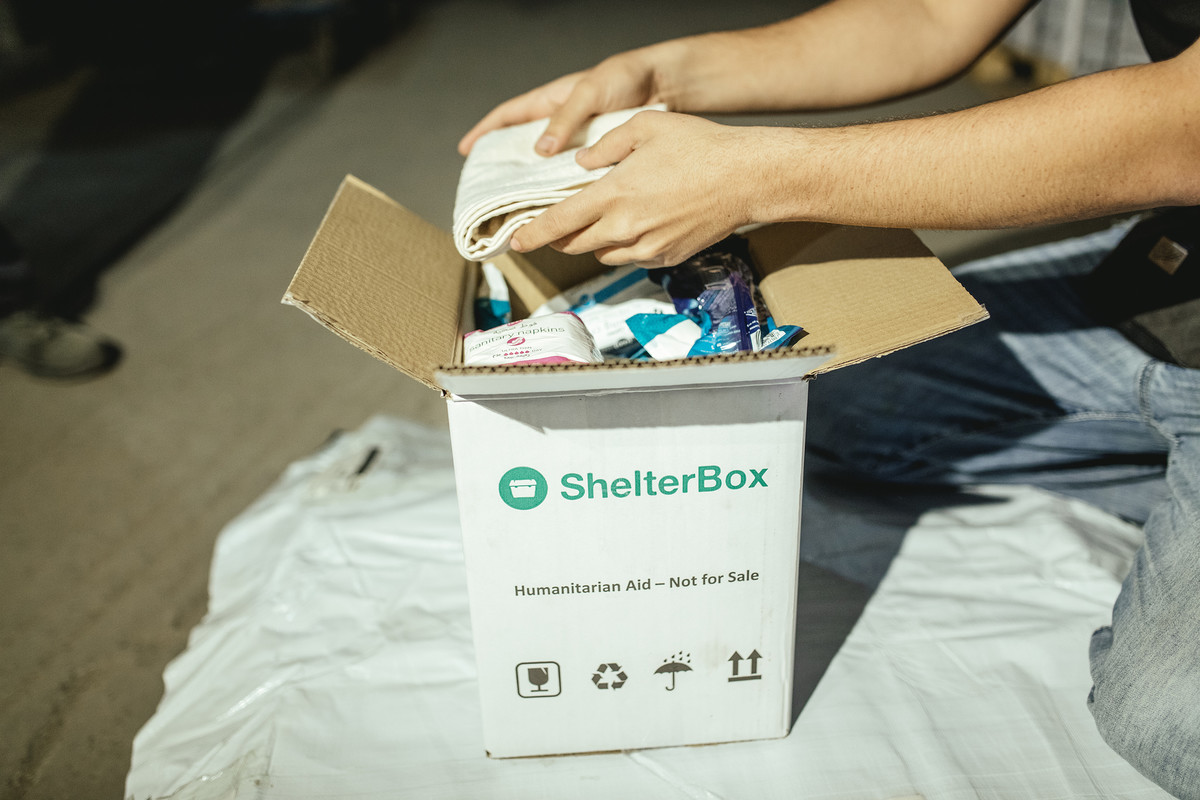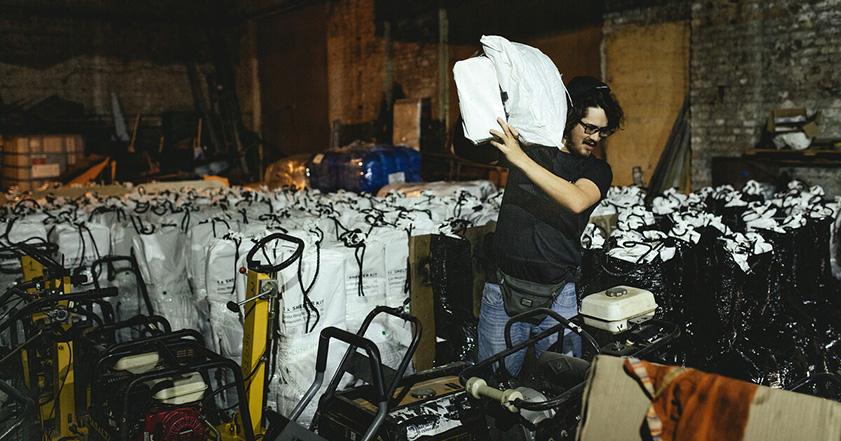Why is plastic problematic?
Plastic pollution facts and information
Plastic pollution is a global problem; about 7 out of the 9.2 billion tonnes of plastic produced from 1950 to 2017 has ended up in our oceans or landfills (UN Environment Programme).
But how did this happen? The production of plastic products rapidly accelerated after the second World War. It completely transformed everyday life, and revolutionised fields like medicine and transportation. Plastic is convenient, cheap, and durable. But this led to the production of massive amounts of plastics that are single used. We use things like food wrappers and plastic bags for mere minutes, yet they may stay in our environment for many years to come.
Plastic waste can end up in our oceans, harming marine life. Plastics affect nearly 700 species – including endangered species. Almost every species of seabird eats plastics (National Geographic). And once plastic waste ends up in the ocean it breaks down to microplastics, making it nearly impossible to retrieve.
According to scientists, the solution is to stop plastic waste from entering our oceans and rivers. Better waste management systems and recycling are just a few ways to do this. It’s also important to reduce the production of unnecessary single-use plastic products.

In 2021, we were able to avoid the use of 173,396 pieces of plastic, removing plastic packaging from aid items such as kitchen sets and hygiene items. Image: ShelterBox / Florian Bachmeier
Our commitment to reducing plastic waste
Plastic pollution concerns everyone. Over the last few years at ShelterBox, we have made huge efforts to reduce the amount of plastic we use.
For example, we have cut plastic from our fundraising materials, and reduced the amount of plastic packaging on our aid items. Even minor changes to the plastic we move around the world can make an enormous difference.
So far, we have removed unnecessary packaging from our baby grows and all our children’s thermal clothing that we provide to families in Syria. Also, we have removed the packaging on our kitchen sets, shelter tool kits, water jugs, washbasins, and shelter kits. In total in 2021, we were able to avoid the use of 173,396 pieces of plastic. That’s a lot less plastic!
Without a doubt, removing unnecessary packaging is a crucial step to limit our impact on the environment. But we must also make sure it doesn’t come at the expense of the quality or condition of the aid we deliver. By working with our suppliers, we have made sure that our aid still arrives in people’s hands safely and in perfect condition.

Using the plastic straps that came in the bales of mosquito nets and blankets, Samuel from Mozambique was able to create shopping baskets, sleeping mats and baskets/trays. He sells these in his local market.
But our commitment to reducing plastic doesn’t stop there.
We are leading change in the sector by speaking to our suppliers and getting them to reconsider how their items are packed, encouraging more organisations and suppliers to ditch plastic packaging.
Finally, not all our aid comes from large suppliers. We source many items directly from the countries we work in. This keeps transport costs and pollution down and helps support local economies.
Here at ShelterBox, we recognise the importance of always trying to do better. We will continue to work closely with our local suppliers and our partners to reduce our plastic footprint even further.
Banner image: ShelterBox / Florian Bachmeier

